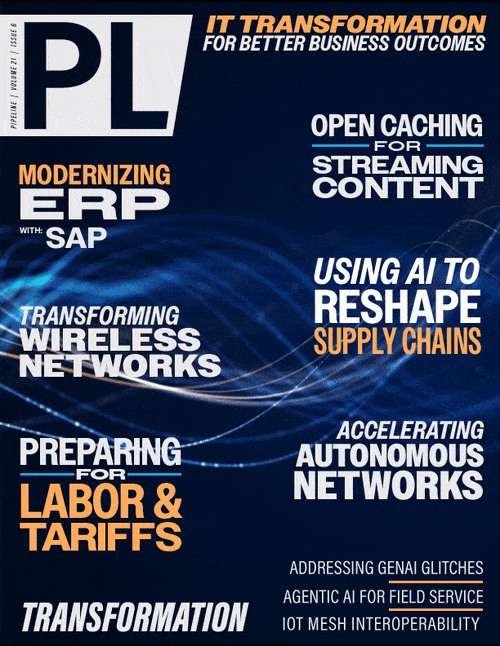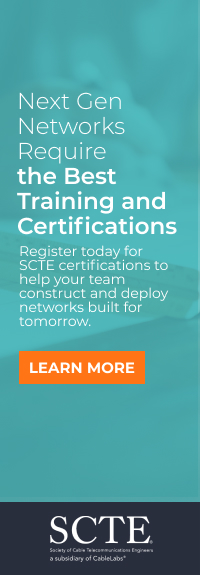Letter from the Editor - April 2025
Transformation

You can feel it in the headlines. As countries renegotiate trade relationships and reintroduce tariffs, like those initiated by President Trump, the impact ripples through global logistics, manufacturing, and economies. The fragile supply chains exposed during the pandemic are obviously still vulnerable, because they are now being tested by political friction and economic nationalism. Companies are being forced to localize, automate, and modernize fast. Labor markets are tight, transforming, and costs are rising. Competitive pressure is only increasing. It's a world in flux, and the enterprises that thrive, or perhaps survive, will be those that are able to harness the accelerating pace of change.
Technology, of course, is a catalyst. Artificial Intelligence (AI) is no longer just a concept or about simply automating routine task. It’s about full autonomy across the enterprise. Autonomous networks are accelerating beyond the manual and predictive, shifting toward real-time, self-governing systems. Generative AI is rapidly reshaping customer interactions, workforce dynamics, and operational strategy. Systems from OSS, BSS, to ERP are being transformed, baked in, and fed to and from AI that can intelligently communicate, make meaningful decisions, and take actions.
But with that comes risk. AI can build but it can also break. We're already seeing the rise of AI-powered ransomware, targeted data breaches, and increasingly sophisticated cyber-attacks that exploit the very systems meant to protect us. Not to mention glitches with rollouts, hallucinations, and more. At the end of the day, it’s just math making educated guesses (at superhuman speed and beyond human capabilities). But, the same tools that drive efficiency can also introduce vulnerabilities, technical, ethical, and procedural. The question is no longer if AI will transform your business, but how safely and intelligently it may do so.
Across industries, leaders are applying these principles of transformation in bold and practical ways. They’re not just experimenting with new technologies, they’re embedding them into the core of their operations to solve real problems, drive measurable outcomes, and future-proof their organizations. It is now transforming IT, manufacturing, logistics, supply chains, telecommunications and work forces. The focus has shifted from “what’s possible” to “what’s next,” as companies build intelligent, adaptive systems designed for resilience, speed, and scale. Which is what makes this edition of Pipeline so important.
In this issue of Pipeline, we explore the world of transformation. Quantum Tech Systems dives into how Artificial Intelligence is reshaping global supply chains and restoring resilience in a post-pandemic world. GridRaster tackles the labor gap in U.S. manufacturing and how to content with Trump tariffs by blending immersive tech and automation. Wi-SUN Alliance expands smart city capabilities through interoperable IoT mesh networks. ServiceNow redefines field service with predictive, generative, and agentic AI. Gluware demonstrates how enterprises can leverage automatous networks that prevent outages and reduce complexity. Qwilt addresses streaming quality bottlenecks by reimagining the edge with open caching. Wilson Connectivity explores the evolving wireless landscape and role of 5G. SAP illustrates how to modernize financial operations with cloud-based ERP, while Juniper Networks uses AI to transform IT operators, driving measurable business impact. Finally, Contributing Editor Dr. Mark Cummings, dives into the process-level glitches slowing down GenAI adoption and how to overcome them at the root. All this, plus the latest enterprise IT and communications technology news, and more.
We hope you enjoy this and every issue,
Scott St. John
Managing Editor
Pipeline



















